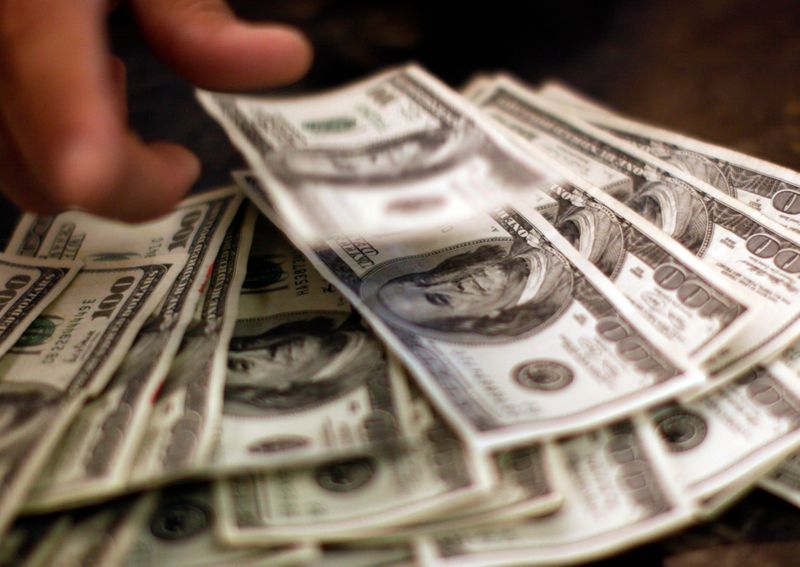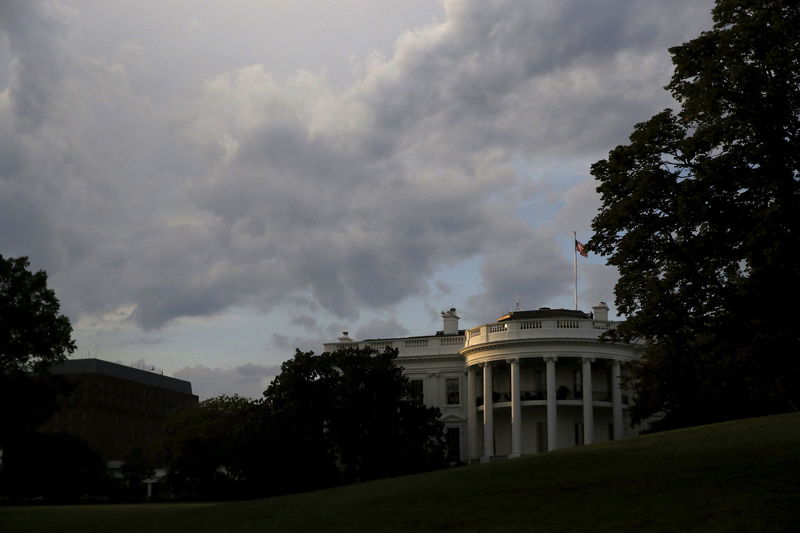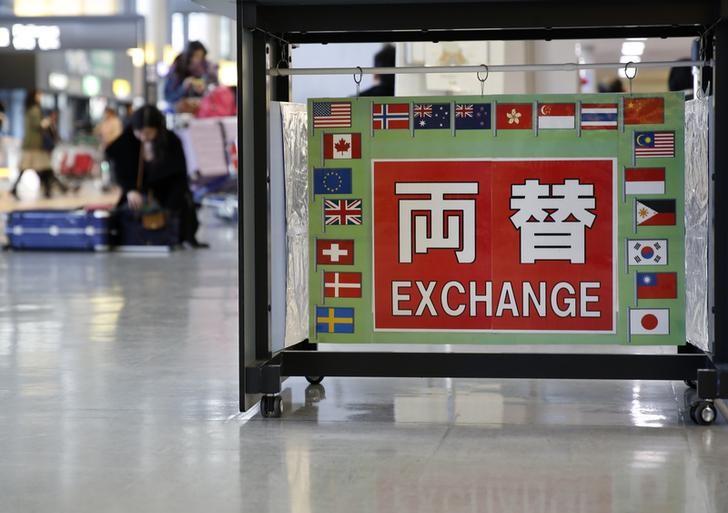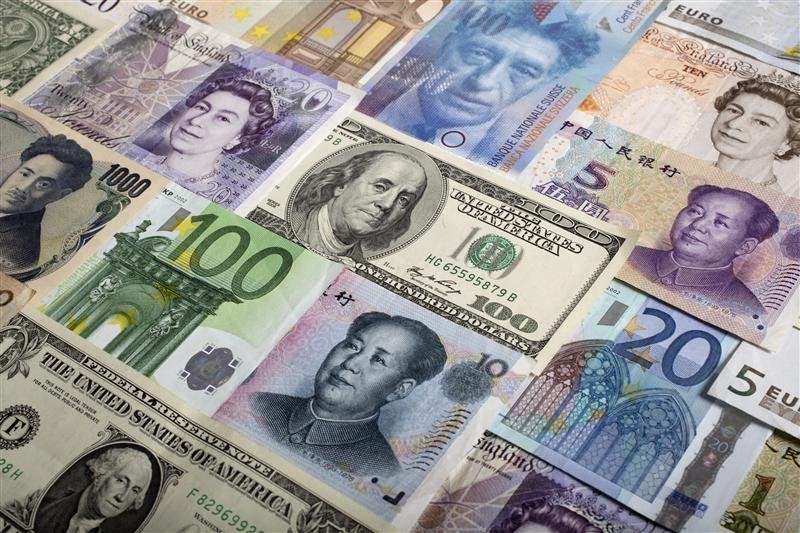Forex volatility in Trump’s second term to resemble first – Capital Economics

Investing.com – Volatility in the US dollar following contradictory signals around the Trump administration’s plans for tariffs suggest that, at least in some ways, Trump’s second term will probably resemble the first, according to Capital Economics.
Tuesday’s sharp selloff in the US dollar followed reports that the many executive orders the new president would go on to sign didn’t include any immediate increase to US tariffs. A few hours later the greenback rebound after Trump suggested he will bring in 25% tariffs on China and Mexico in February.
“The first, and most obvious, point is that this is unlikely to be the last such episode over the second Trump presidency,” said analysts at Capital Economics, in a note dated Jan. 21, “with this pattern of leaks and counters familiar from the 2018-19 US-China trade war.”
“As was the case back then, uncertainty around Trump’s intentions will probably result in plenty of short-term volatility in currency markets.”
One key implication of these moves is that some expectations of higher tariffs are by now discounted, Capital Economics said.
Positioning data suggest that market participants are heavily long dollars, on net, increasing the scope for sell offs when there is dollar-negative news, whether on account of tariffs or other reasons.
It’s harder to make the case that expectations around tariffs have been the biggest driver in currency markets over recent months, or that higher US tariffs are anywhere close to fully discounted.
Instead, we think the main driver of the stronger dollar has been more prosaic: the rebound in US economic data since the Q3 recession scare, combined with bad news in Europe and China, has led to a shift in interest rate differentials in favor of the US.
That said, our working assumption remains that Trump will enact major tariffs on China later this year, “which is why we forecast the renminbi to be one of the worst-performing currencies this year.”







